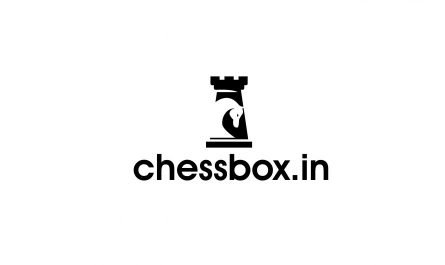Among the powerful pieces on the board, the knight stands out for its peculiar L-shaped movement, making it a tactical powerhouse on the board. In this guide, we’ll delve into the world of the tactical knight, exploring its distinctive movements and its role in executing tactical motifs such as forks, pins, and skewers.
Unique Movement Patterns with The Knight
The knight’s movement is unlike any other piece on the chessboard. It hops in an L-shape – two squares in one direction and then one square perpendicular to that. This peculiar movement allows the knight to jump over other pieces, making it the only piece capable of doing so. Understanding the knight’s dance is crucial for exploiting its tactical potential.
Tactical Motifs: Forks, Pins, and Skewers with knight
The knight is a master of tactical motifs, capable of executing devastating attacks that can turn the tide of the game. Let’s explore three key tactical motifs that the knight excels in:
1. Forks: The Double-Edged Sword
One of the knight’s most potent tactical weapons is the fork. A fork occurs when a knight attacks two enemy pieces simultaneously. This double threat puts the opponent in a difficult position, as they must decide which piece to save, often leading to a material advantage for the attacking player. Mastering the art of knight forks is a key element of tactical play.
2. Pins: Restricting the Enemy
A pin occurs when a more valuable piece is restricted in its movement by a less valuable piece in front of it. The knight is adept at creating pins, using its unique movement to attack a piece while simultaneously threatening a more valuable target behind it. Pins can immobilize enemy pieces and set up tactical opportunities for future moves.
3. Skewers: The Tactical Spear
A skewer is similar to a pin but operates in reverse. In a skewer, a valuable piece is attacked by a knight, forcing the opponent to move the more valuable piece to safety, thereby exposing a less valuable piece behind it. Skewers are powerful tactical motifs that can lead to material gain and positional advantage.
Knights vs. Bishops: Understanding the Dynamics
In chess, the question of knights versus bishops often arises. While bishops excel in open positions with long diagonals, knights thrive in closed positions and crowded boards. Knights can jump over pawns and other pieces, making them valuable in maneuvering through dense positions. Recognizing the strengths of knights and utilizing them accordingly is essential for strategic play.
Advanced Tactics with the Knight
In addition to executing basic tactical motifs, the knight can be used in combination with other pieces to create more complex tactical scenarios. Knights often work in tandem with other pieces, such as bishops, rooks, and queens, to execute devastating attacks and outmaneuver opponents.
Knights in the Center: Strategic Superiority
Placing knights in the center of the board enhances their tactical potential. Centralized knights control more squares, making it easier for them to reach key positions and execute tactical motifs. Knights positioned in the center contribute to a strong and flexible position, setting the stage for successful attacks and defense.
Knight Endgames and Outposts
In the endgame, the knight’s ability to jump over other pieces becomes even more pronounced. Knights are excellent defenders of passed pawns and can control key squares in the endgame. Creating outposts for knights – squares where they are securely placed and exert maximum influence – is a key strategy in endgame play.
Conclusion: Embracing the Tactical Knight
In conclusion, the knight is a dynamic and versatile piece that plays a crucial role in executing tactical motifs such as forks, pins, and skewers. By mastering the knight’s unique movement patterns and understanding its tactical potential, players can unlock new dimensions of strategy and outmaneuver opponents on the chessboard. Embrace the tactical knight, hone your skills, and let its agile movements guide you to victory in the realm of chess.

